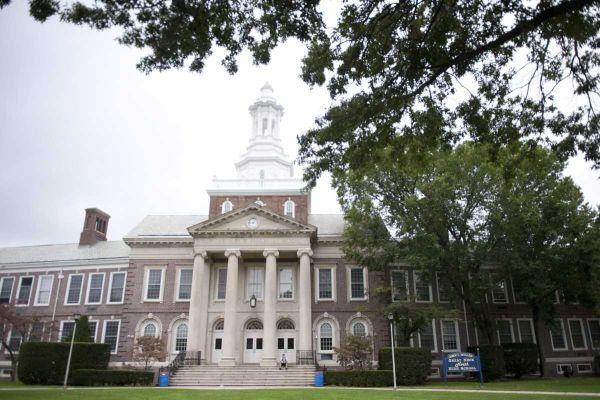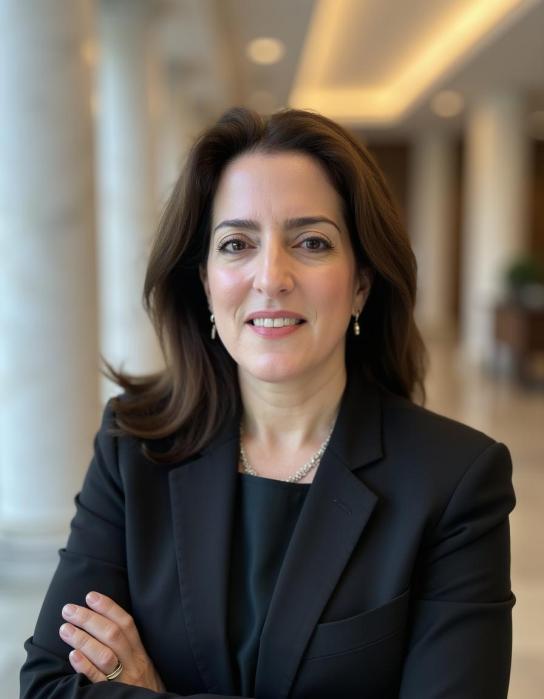 Part 2 of a two-part series addressing the benefits of medicinal marijuana
Part 2 of a two-part series addressing the benefits of medicinal marijuana
If you have been reading the headlines about the imminent legalization of recreational marijuana in New York State and want to learn more about medical marijuana, read on.
Telemedicine Is the Future for Online Access
Lauraine Kanders, a native of Great Neck who owns and operates the online business Medical Marijuana Recs NY, helps patients throughout New York State get certified to obtain medical marijuana.
“It is legal in NYS to have a physician or nurse practitioner who is registered with the NYS Medical Marijuana Program to certify one for medical marijuana in person or via telemedicine,” said Kanders. “I prefer to have a telemedicine practice, because it affords me the flexibility to work full time making primary-care house calls to the homebound and work part time in cardiology.”

Kanders stressed that she can make a recommendation, but by law she cannot issue a prescription for marijuana. Her role in the certification process has guidelines, which she must follow.
“There are certain things that I cannot discuss with patients: products, location of dispensaries, referrals, etc.—it is considered illegal,” Kanders explained. “Also, there are requirements for patients: They can’t cross state lines; they must conceal the marijuana when in public; and they must not smoke it. The other brand-new feature rolled out by the state is the issuance of a temporary card immediately following certification with the practitioner. A hard copy is mailed within 10 days. This means they can go to the dispensary immediately after they register with the Department of Health.”
The registered practitioner needs proof of state residency, such as a driver’s license, as well as support for their condition from their health-care provider. Once the proof is received, the registered practitioners can evaluate the clinical picture and certify the patient online, so the patient can complete the registration paperwork and visit the nearest dispensary.
Strict state and federal guidelines prohibit Kanders from advertising her services. Patients can find her by searching online. They also find her on Facebook and www.marijuanadoctors.com, which links to her website. After she connects with a potential customer, they submit documentation from their health-care provider or specialist regarding their medical ailments and make an appointment for an online meeting.
Kanders explained that most of the requests for medical marijuana certification are for treatment of PTSD, chronic pain, cancer, complications from surgery, nausea and loss of appetite. She follows their conditions closely during the certifying year to make sure they are achieving the appropriate medical outcome.
She pointed out that marijuana may be a safer choice to treat post-op pain, when compared to opioids. Both of these drugs have analgesic properties, but cannabis reduces drug cravings via the endocannabinoid system. Opioids attach to receptors in the brain that cause addiction and cravings. THC and CBD bind to different receptors in the brain and are deemed less risky.
According to Lanett Austin of Curaleaf, cannabis has an excellent safety track record, with no record of lethal overdoses. Side effects of cannabis use include dry mouth and red eyes.
Marijuana and the Opioid Crisis
To help combat the opioid epidemic, the New York Department of Health recently announced that it will add opioid use as a qualifying condition for medical marijuana. By adding opioid use to the list, the goal is for medical marijuana to reduce the use of opioids and the number of opioid deaths across the state.
“I’d say 95 percent of the patients that call me want nothing to do with opioids, because they want something natural,” Kanders said.
Cannabis fits the bill. According to Kanders, more research is needed about the benefits of cannabis as an alternative to opioids when it comes to pain management.
Costs of Medical Marijuana
At present, medical marijuana is not a federally regulated industry, and the costs are not covered by insurance. And, marijuana is not approved as medicine by the Food and Drug Administration.
Customers must pay out of pocket for the registration and certification process, and for the drugs at the dispensary. The registration and certification can cost from $100 to $300, and depending upon how many conditions you are receiving medical marijuana for, a trip to the dispensary can cost $30 to $400. The costs are prohibitive for many people, and there are not enough dispensaries, so travel is necessary in many parts of the state.
As acceptance and awareness grow, it is expected that insurance coverage and FDA approval will follow. A huge stigma still surrounds the use of medical marijuana. The public perception is that medical marijuana is akin to illegal drug use and smoked in joints, just like addicts who purchase the drugs on the black market. The reality is very different. Medical marijuana is nothing like the drugs many people engaged in while in college. Medical marijuana cannot be smoked at all. It is an effective and safe treatment for a host of qualifying ailments.
Resources for More Information
Want to find out more about Medical Marijuana in New York State? Check out these resources for the most up-to-date information.
• The New York State Medical Marijuana Program is the official resource for patients and practitioners at www.health.ny.gov/regulations/medical_marijuana.
• Patients can connect with Kanders at www.medicalmarijuanarecsny.com, a comprehensive website that is continuously updated with news and blogs, or find her page on Facebook or on www.marijuanadoctors.com in various zip codes.
• A complete resource for patients and practitioners to find each other throughout New York and the United States is available at www.marijuanadoctors.com.
If you missed Part 1 of this series, read it here.






























